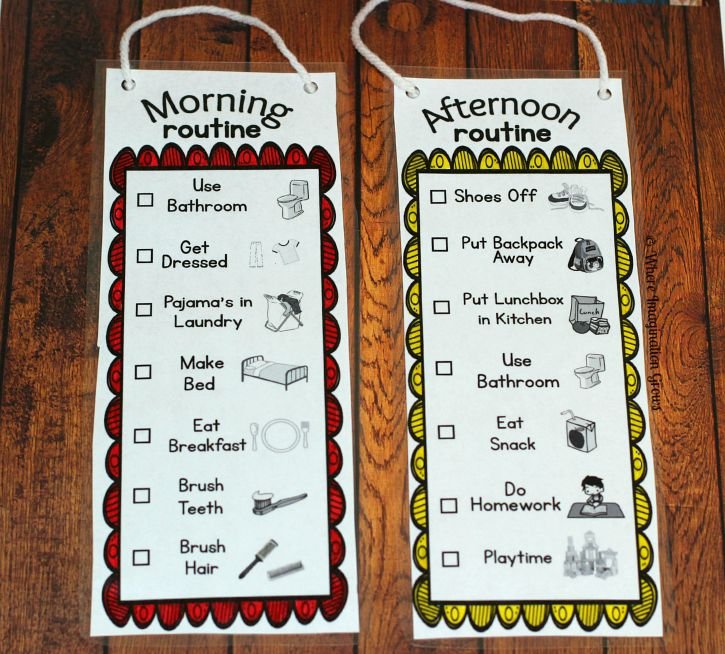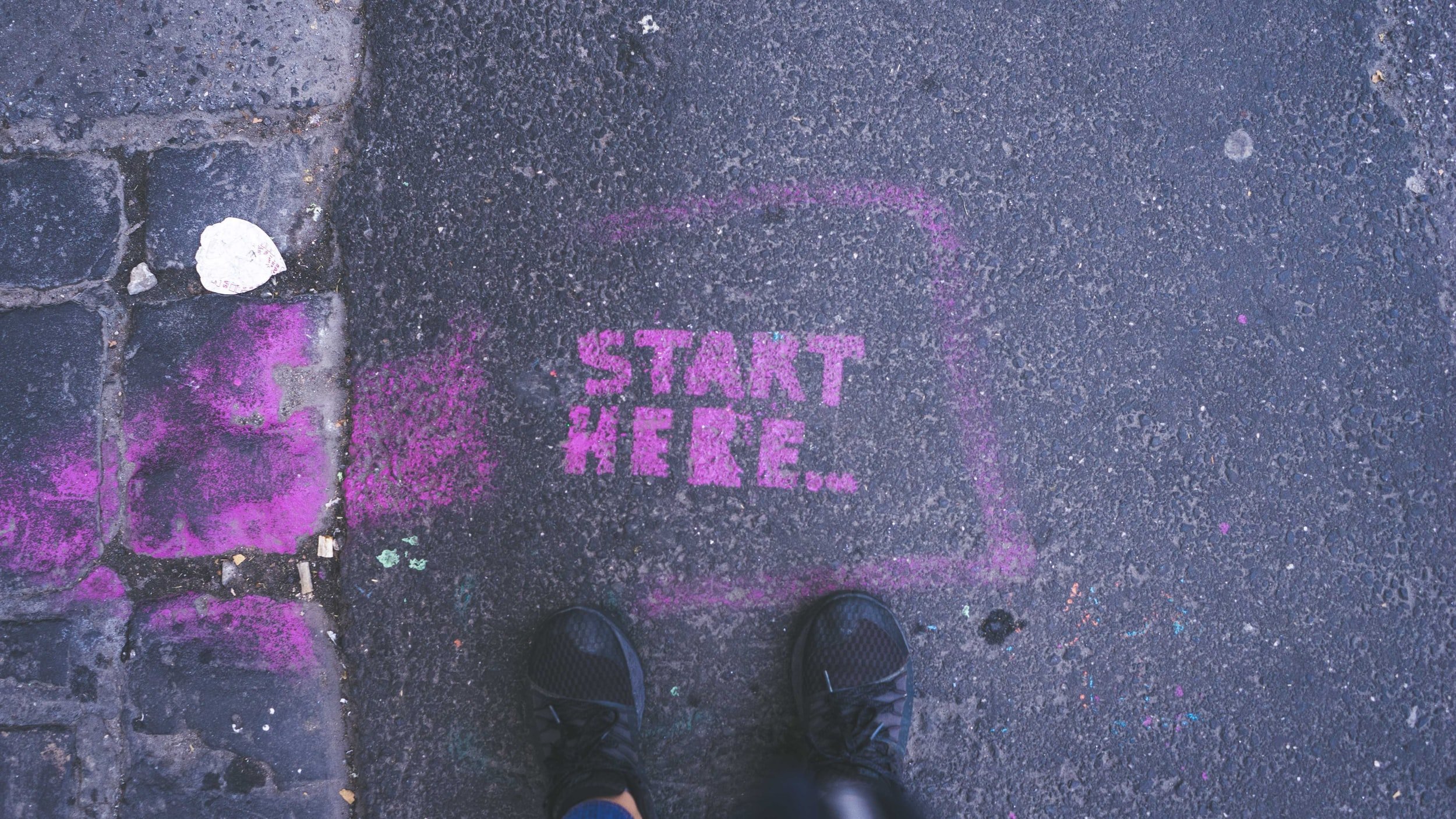By Marianne esterly ma, lmhc
Ladies, he thinks you are attractive. And he is telling the truth.
Dating can be hard and exhausting. Sure it can also be fun and exciting…but to get there you need to make the match first. It is hard to make a connection, make a match that is truly a match and get to know each other. Sometimes we make dating harder than it ought to be. Women in particular are prone to not believe they are beautiful. Where does this come from? It is a shame that many girls are not raised with the belief that they are beautiful.
Disclaimer: I agree that women are more than beauty. I agree that their insides should be seen for who they are: their strength, their giftings, their smarts, their humor, etc…
Today is not about the insides. Today we are focusing on believing that your outsides are more than good enough, they are beautiful. If you do not believe you are beautiful, why? Where does that message come from? Family? Peers? Friends? It is important to be curious about why you do not believe you are beautiful and why. It is not in your favor to believe anything less than you are beautiful. Who wins if you are not beautiful? Is it worth their win? You have to live in you for life. It is in your best interest to believe in your beauty.
What happens when you believe that you are beautiful. Try it right now, put your hand on your heart and take a deep breath in and out and now gently say to yourself, “I am beautiful.” What happens in your body when you say that? Does a part of you (or all of you) rest in that statement? Does it bring peace? Perhaps a little smile at the truthfulness of it.
What happens when you can hold the truth of who you are and go out into the world? Doing this you will show up more confident. You will begin to live more into what you are truly worth–which is goodness. And you will not settle for less as easily.
Back to dating, when you get asked out it is because he thinks you are beautiful. He likes the way you look. That is it. He may also think you are funny, smart, etc…but the main thing he knows WITH CERTAINTY is that he likes the way you look. You are someone he wants to look at, be seen with and get to know. It is easy to fall into the trap of needing assurance that he finds you attractive, that assurance seeking feels good to you and tiring to him. If he gives you a complement, say “thank you.” In this instance thank you is a complete sentence.
After a compliment do not tell him why you don’t love what he loves about you. Or explain why receiving the compliment is hard. When you do this, this dance of seeking assurance, it moves him from giving a great compliment and enjoying you to caretaking your insecurities. It is not his job to caretake your insecurities. It is actually your job to caretake your insecurities, to be curious about them and pursue healing for them.
Not that you need permission, but sometimes it makes it easier when we have it, women embrace your beauty and do not settle for the lie that you are anything but beautiful. If you have friends that do not encourage or support your beauty–they are not friends: they are women stuck in a cycle of competitiveness where none should be. Further encouragement and permission to rest in the knowledge that when you get asked out, he thinks you are attractive.
We get it, it can feel like a big risk to believe and live into and out of your beauty. If you need help unraveling where you feel stuck in believing what is true about you or figure out why receiving compliments is so hard. We are here for you!













































































